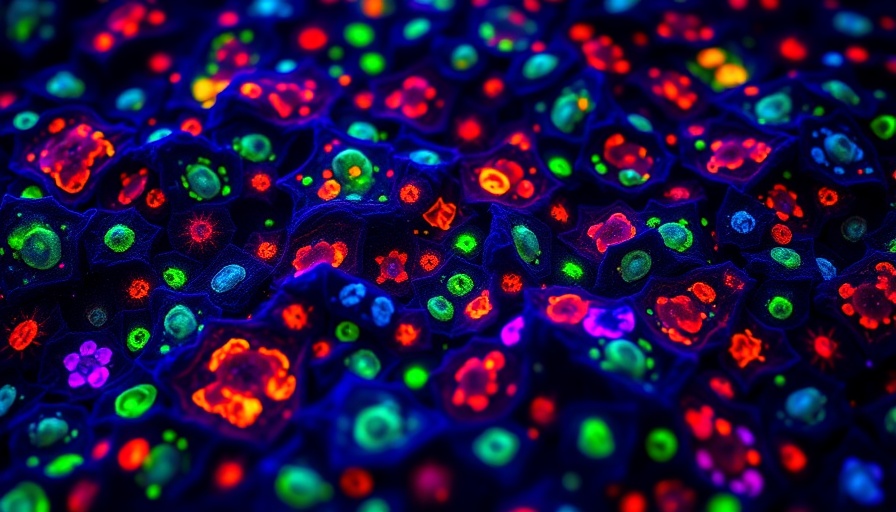
Challenges in Brain Atlas Initiative: A Race Against Time
The ambition to create a comprehensive human brain atlas, known as the Human and Mammalian Brain Atlas (HMBA), stands on the brink of jeopardy as researchers grapple with an alarming recruitment shortfall. This initiative, which seeks to link cellular and molecular data with the brain's functional organization, requires at least six new brain donors who can successfully undergo functional MRI scans. With only two participants secured after two years of extensive outreach, the team is facing a critical deadline as their grant is set to expire in three years.
The Significance of Individual Variability
Understanding the unique variability among individual brains is foundational to the success of the HMBA. Each brain reflects its owner’s experiences, cognition, and neurology, making it crucial to encompass this diversity in data collection. The HMBA aims to achieve what previous projects have struggled with—the integration of functional information with structural maps of anonymized donors. As Ed Lein, co-creator of the first atlas, notes, despite their contributions to brain science, existing atlases have limitations due to their lack of functional data. If the HMBA fails to recruit sufficient participants, this innovative attempt to bridge these data gaps may be lost.
The Broader Implications for Neuroscience
Creating a definitive brain atlas holds immense implications for neuroscience, including enhancing our understanding of cognitive functions like memory, decision-making, and social interactions. By incorporating fMRI data from living donors, the HMBA promises to offer unparalleled insight into brain functions related to higher cognitive processes. This could pave the way for breakthroughs in understanding various mental health disorders and neurological conditions.
Current Efforts to Boost Participation
With recruitment stagnating, the HMBA team is exploring every avenue to galvanize support for donations. They are not just seeking volunteers; they are aiming to raise public awareness on the significance of their contributions and the altruistic nature of becoming a brain donor. As Dirk Keene, an HMBA collaborator, remarks, they are 'running out of ideas,' emphasizing the need for innovative outreach strategies. They may need to turn to social media campaigns, partnerships with health organizations, or even community engagement events. Understanding the societal impact of their work might encourage more individuals to consider participating.
Future Directions: Fostering Research Solidarity
The HMBA is part of the BRAIN Initiative Cell Atlas Network funded by the U.S. National Institutes of Health, representing a collective effort to enhance brain mapping methodologies across institutions. Collaborative support within the neuroscience community is key. By fostering research solidarity, experts hope to find new ways to link projects, share data, and ultimately amplify the chances of success for brain atlas efforts nationwide.
This Is More Than Science: Human Stories
Every donor’s brain tells a story far beyond mere data points; it carries memories, thoughts, and individual experiences. By connecting with potential donors on a personal level—sharing testimonials from current participants or showcasing the potential implications of their contributions—researchers can illuminate the human aspect of this scientific endeavor. By focusing on emotional narratives, the HMBA can break down barriers to participation and clarify the importance of this research not just for science, but for humanity.
Conclusion: A Call for Community Involvement
The HMBA’s mission to create a groundbreaking brain atlas is at a critical juncture, with recruitment efforts proving more challenging than anticipated. As this ambitious initiative moves forward, it needs community involvement now more than ever to ensure its successful completion. Whether through volunteering as a brain donor or actively participating in community outreach, your involvement can contribute to uncovering profound insights into the human brain, ultimately benefiting society as a whole.
 Add Row
Add Row 

 Add
Add 


Write A Comment